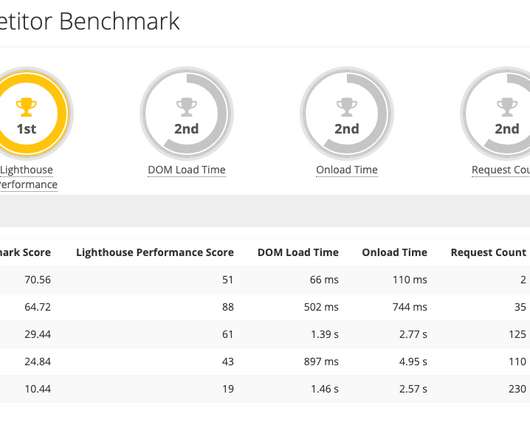Five-nines availability: Always-on infrastructure delivers system availability during the holidays’ peak loads
Dynatrace
NOVEMBER 22, 2022
For retail organizations, peak traffic can be a mixed blessing. While high-volume traffic often boosts sales, it can also compromise uptimes. The nirvana state of system uptime at peak loads is known as “five-nines availability.” How can IT teams deliver system availability under peak loads that will satisfy customers?






































Let's personalize your content